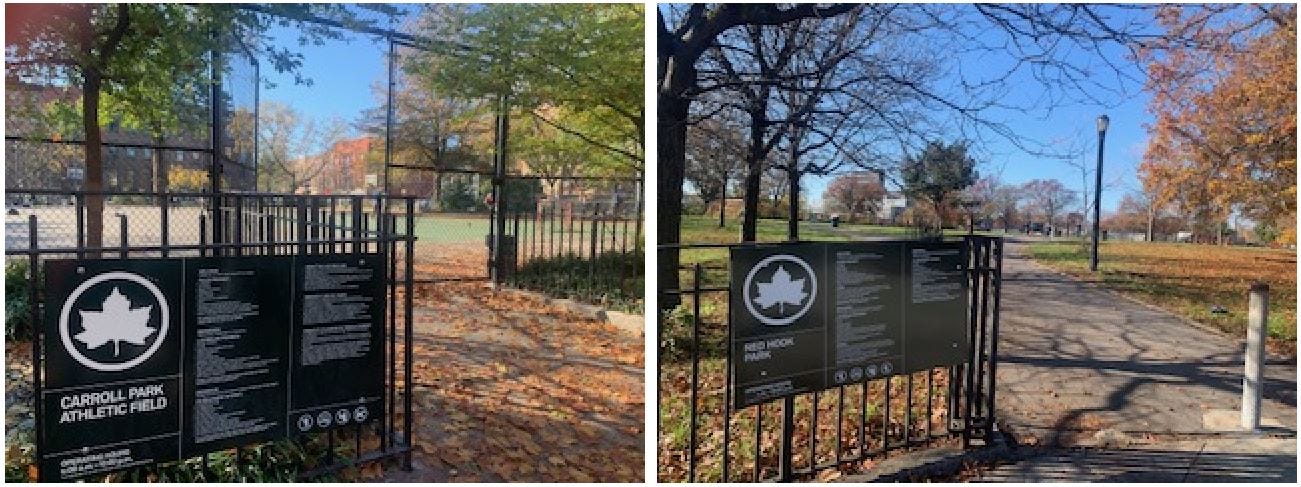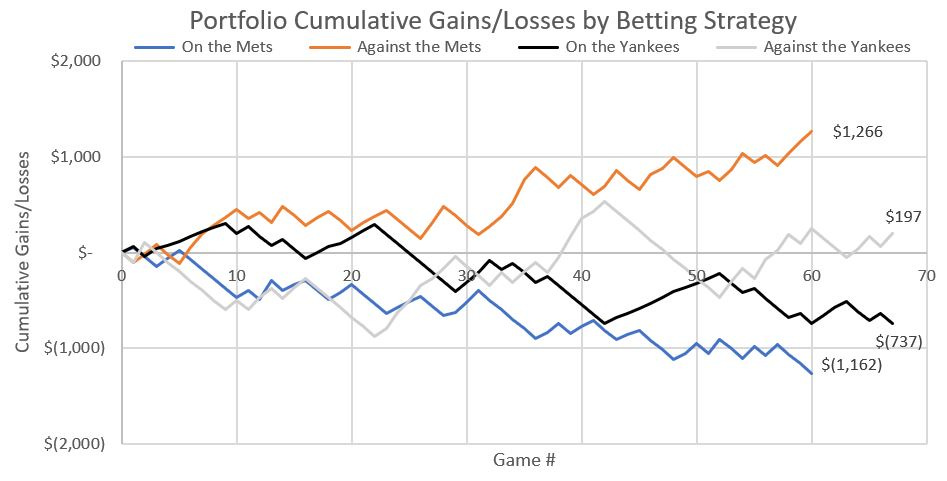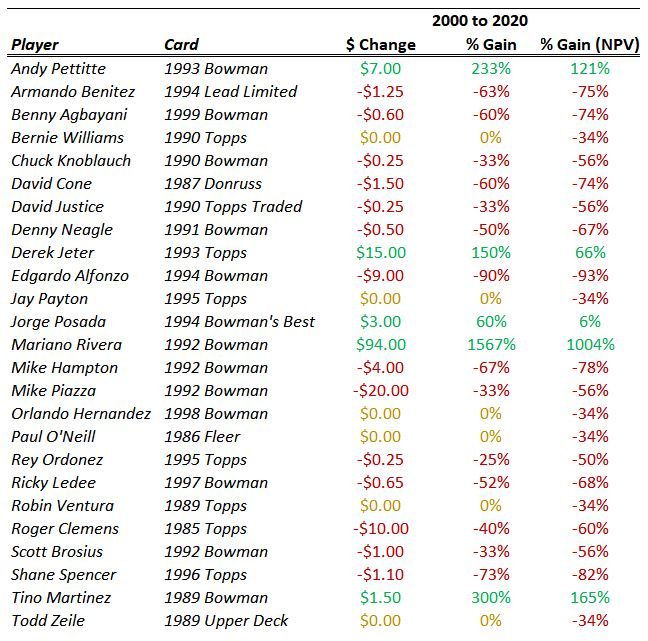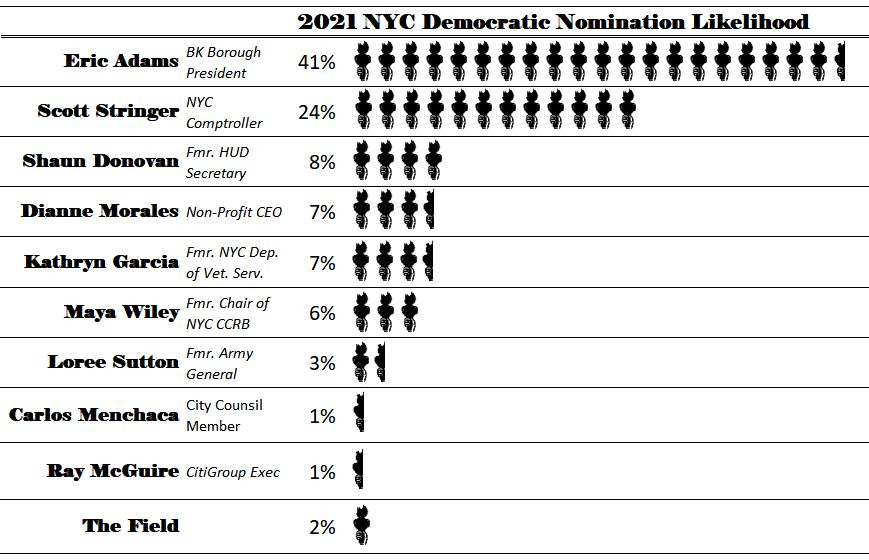When I was a child, I had no ambition of becoming the founder/editor-in-chief/contributor to 2xParked. My goals were more ambitious: president, astronaut, power ranger, and, leading the list by a country mile, baseball player.
Unfortunately, playing baseball requires a combination of hand-eye coordination and athleticism, or what most people refer to as “talent”. Fortunately, my data brain kicked in and calculated that even if I were an elite player, my odds of playing professionally were slim. Instead I studied the statistics on the back of baseball cards as my personal route to join the thousands of non-athletic professionals into the billion dollar baseball industry (which I did from 2011 to 2012).
Today, New York City is the epicenter of the baseball world. NYC is the home to 35 World Series winning teams, MLB league headquarters, Topps baseball cards, and a plethora of advertising agencies and baseball fields. For this reason, the economics of baseball in New York City deserves its own edition of 2xParked.
Carroll Park (left) and Red Hook Park (right) are both located in Brooklyn. They were the former homes to the Brooklyn Excelsiors. In 1859, Henry Chadwick, a sports journalist, published the first modern box score after watching a game between the Excelsiors and the Brooklyn Stars. The box score, which summarizes a game into a small data table, is an inspiration for many modern statistical applications.
Take Us Out to the Ballgame
The dating scene in New York City is already difficult.
Now imagine you are dating someone like Katie Casey. Katie was “baseball mad”, and on dates she did not want to go to a show or a bar. She only wanted to go to baseball games, and if the home team didn’t win, she would be really bummed. (To get Katie’s whole story, listen to Take Me Out to the Ball Game. This story is all-New York City. Jack Norworth, the writer, was inspired by a subway advertisement for baseball while riding through Manhattan).
It will be 2021 soon and you want to go on a date with someone like Katie. Should you go up to the Bronx or out to Flushing? Where will you get the most return on your investment? I quantified and modernized Katie’s experience from the song at each MLB ballpark in New York to see where you will get the most bang for your buck on this date (team wins vs dollars spent).
Spoiler alert: let’s hope your Katie is not a Mets fan. You will likely be in for heartbreak.
You Can Bet on Me
I once went to the racetrack in Saratoga, won $60 on a $5 bet, and stopped betting for the rest of the day. You could say I am not much of a gambler.
During the shortened 2020 baseball season, I decided to do some hypothetical betting instead. I had four betting strategies: (1) bet on the Mets, (2) bet against the Mets, (3) bet on the Yankees, and (4) bet against the Yankees. For each game, I put down a hypothetical $100 and used the final odds from OddsShark.com as my betting line (I assumed no transaction fees).
Theoretically, over the course of a season, the odds should adjust so that each strategy should net not far from $0 at the end. For example, if the team becomes bad, you should get more money for each win to compensate for the many losses. Instead what I learned is to not bet on the Mets.
Cardboard Millionaires
You may have heard this story before: a person finds an old baseball card collection hidden away for decades to discover it is now priceless. This is rare, but it does not mean your old baseball cards are worthless. There is a bit of a baseball card renaissance happening right now, highlighted by a Honus Wagner card sale of $1.4M and a Mike Trout card sale of $900K.
If we think of baseball cards as stocks to be held onto long-term, what is your best investment strategy? The investments which have the most volatility and potential to increase are called “rookie cards”, the first cards printed of a particular player. The value will go up and down as the player’s career progresses, and it could take 20 years for the value to stabilize.
It just so happens that 20 years ago the Mets played the Yankees in the World Series, known as the Subway Series. I took a look at the rookie card values of the 25 most valuable players in that NYC World Series and compared their baseball card values 20 years later (using values from the Beckett Price Guide).
We see that 20 years later, there is investment potential. The “safest” strategy is to invest in players like 2000 Derek Jeter and 2000 Mariana Rivera, players who are young in their career but have potential to be legends. Do not select players who are already legends (see Mike Piazza and Roger Clemens). Do not select players who have the potential to be really good but not legendary (see Mike Hampton and Bernie Williams). Do not select players who are really good now but you think they are just flash-in-the-pans (see Shane Spencer and Benny Agbayani).
Legends are rare. Only a handful of players get elected into the Baseball Hall of Fame. My recommendation is to invest for fun, but do not put your child’s college fund in baseball cards.
MayorModel
As Bill de Blasio’s final term nears an end, it makes me a little sad that New York City had a Red Sox fan as our mayor for 8 years.
In this updated MayorModel, which now includes Eric Adams, that is likely to change for 2021. Adams has openly displayed his Mets fandom while being Brooklyn Borough President, while other candidates, such as Maya Wiley, have recently released statements on the importance of minor league baseball as part of the Staten Island economy.
As a reminder, this model is still very preliminary. There has not been an update in contribution and expense data since July, giving Adams and Stringer an advantage over some of the new candidates. We will likely not see consistent polling data until 2021. The most important elements in the model right now are social media and public relation data, which means week-to-week volatility.
Additionally, if the leading candidate does not get 40% of the vote in the primary, there will be a runoff between the top two vote getters. Right now only 6% of my simulations have a candidate receiving 40% of the vote. That will likely change when candidates begin to drop out.
"Baseball Betting" was drawn by Ink&thyme, drawing life's unforgettable moments. For unique art drawn just for you, check them out on Facebook and on Instagram.
To subscribe to future newsletters, click here.
For more content, follow 2xParked on Twitter @2xParked.
Comments? Suggestions? Questions? Email me at 2xParked@gmail.com.








